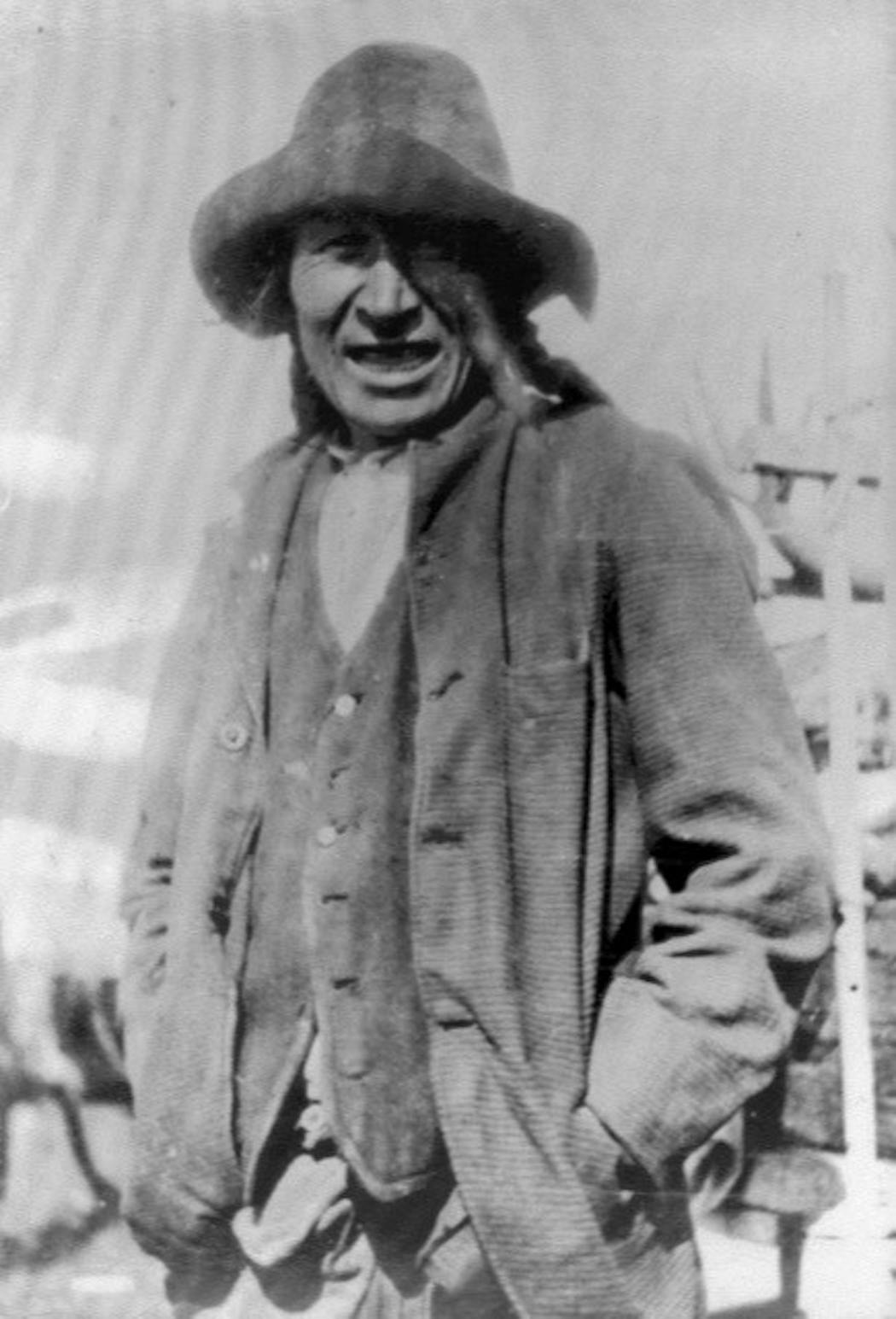When more than 700 white settlers flooded into the Roseau River valley in 1889, they found the Ojibwe who had lived in northwestern Minnesota for generations "peaceful and friendly," according to a 1943 history of the area.
But two years later, during the frigid days of January 1891, hundreds of those settlers loaded ox carts and fled south from their homes in Roseau County. It was the start of the so-called Indian Scare of 1891.
Rumors had spread that nearby tribes were performing the Ghost Dance — a trance-inducing religious ritual believed to conjure dead leaders who would help them push white settlers off their native land.
Just a month earlier along the border of North and South Dakota, Sitting Bull had been arrested and fatally shot after refusing to quell the Ghost Dance among the Lakota. Two weeks later, U.S. soldiers slaughtered some 300 Lakota along Wounded Knee Creek in southwestern South Dakota.
"Load after load" of wagons and sleighs had departed, officials in adjacent Kittson County wrote in a February 1891 dispatch to Gov. William Merriam. "Between 300 and 400 people, men, women and children left their homes, most of them in a complete state of destitution, poorly clothed and without … sufficient food, which in the severe weather we are now experiencing means death and disease to many."
More than 50 Roseau County residents telegraphed Merriam, requesting 300 rifles with ammunition and insisting that "an outbreak is imminent." They began to build a stockade to defend themselves.
Erick Holm, a settler, went to Hallock to alert authorities and came across "sixty teams of refugees on the sand ridge in a most miserable plight," according to J.W. Durham's 1925 history of Roseau County. "He said that never had he seen such a sight. The trouble was that in the great hurry to get away a very scant supply of clothes were taken along."
Amid the anxiety, however, authorities quickly realized the so-called Scare of 1891 was baseless. "The whole matter was a false alarm" that nearly de-populated the region, according to Durham, a settler and Roseau County's first sheriff.
The Kittson County authorities, in their report to the governor, said: "The whole business seems to have been started either by some idiot as a practical joke or by some evil-disposed persons for their own purposes. The consequences have been lamentable."
One local historian blamed "several ill-intentioned whites" for the scare. Other fingers pointed at a woman with mixed white and Indian heritage "who resented the intrusion of the whites," according to Earl Chapin's 1943 history of the Roseau Valley.
However the panic started, the phony rumors quickly spiraled out of control. One report claimed 300 Indians in war paint had passed by a white lumber camp just across the Manitoba border; that number soon grew to 3,000 Ojibwe preparing for war. "Later investigation revealed that three Indians actually passed the camp!" Chapin wrote.
One Ojibwe leader, Mickinock, emerged from the chaos as a hero for saving the livestock abandoned by the freaked-out settlers. According to Warren Upham in his 1920 book, "Minnesota's Geographic Names," Mickinock was considered "intelligent, sociable and honest."
"Mickinock especially did well," Durham wrote in his book "Minnesota's Last Frontier," adding that without help from Mickinock and other Ojibwe, "there would have been big losses" in livestock.
Mickinock, sometimes spelled Mikinaak, was known among his Pembina band as Ba-Ba-Gush-Ki-Bung, which translates as Mud Turtle. Called Charlie by the settlers, he was a respected peacemaker who raised four children, lived in a dugout south of Roseau near the village of Wannaska and wound up being the namesake of a township in Roseau County.
According to Durham, Mickinock "came in one day and reported that all whites seem to have gone out on a visit, and that the stock is just wild for water and hay." He laughed when he learned the settlers feared an outbreak.
Durham wrote that the Ojibwe leader had a great sense of humor, often delighting white children with his imitation of "a hapless rooster" that "got the youngsters as well as the older folks roaring" with laughter.
"Such little jokes made him the favorite of the women and children," Durham wrote. "Thus Mickinock was never turned away when he came for a visit."
Durham also credited the women who'd stayed behind during the scare of 1891 as "quite a help, they buckled right into work. Their courage and bravery I know inspired the men in many instances to stay."
In the end, no deaths were reported among those who fled.
"After all the settlers were back, February saw the smoke rise from the valley homes," Durham wrote, "which was a sort of proclamation that all was well with the settlers. The hardship and agony we had passed through was soon forgot."
Curt Brown's tales about Minnesota's history appear every other Sunday. Readers can send him ideas and suggestions at mnhistory@startribune.com. His latest book looks at 1918 Minnesota, when flu, war and fires converged: strib.mn/MN1918.

Civil War group honors the last Union veteran buried in each Minnesota county

St. Cloud professor's book paints nuanced look at enslaved woman freed in Minneapolis

Paying overdue tribute to his grandmother, a Minnesota farmer recarves family history

Civil War officer brought formerly enslaved family to Minnesota




